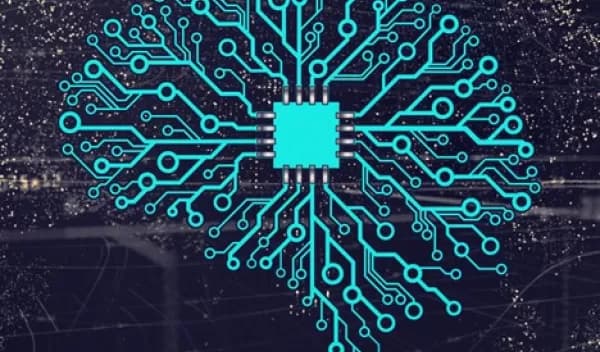Understanding Neural Network Computing
Neural Network Computing has become a key part of how digital systems make decisions, process data, and learn from patterns this concept might sound technical, but at its core, it mimics how the human brain works it enables machines to recognise patterns, improve predictions, and automate decision-making.
At Three Protocol, neural network computing isn’t just a background process it plays an active role in how we match buyers and sellers, detect fraud, and power real-time recommendations across our decentralised ecosystem.
This guide will break down what neural network computing actually is, how it works, and why it's worth understanding for anyone investing in decentralised platforms like ours.
What Is Neural Network Computing?
Neural network computing is a way for machines to process information in a way that mimics how humans think, instead of hard-coded rules, it uses interconnected layers of nodes similar to neurons in the brain to learn from data.
These networks adjust their internal logic based on examples they don't need to be programmed with every possible rule instead, they learn patterns and refine their performance as they get more input.
At Three Protocol, this approach helps improve how our systems interpret identity signals, respond to user behaviour, and match supply with demand, it’s one thing to have access to data it's another to make it meaningful, that’s where neural networks do the heavy lifting.
Neural Network Computing in Action
Neural network computing powers many of the features users encounter without even realising it, let’s take matching in decentralised marketplaces as an example.
Our system doesn’t rely on a basic “if this, then that” model, instead, it draws from a wide pool of transaction history, user preferences, and current market activity to suggest high-probability matches.
This is especially valuable in systems that are constantly shifting, prices, demand, supply everything moves fast, neural networks allow the protocol to adapt.
They learn what matters most to different user types and improve results with each new interaction, they also help our fraud detection systems stay ahead of bad actors.
Rather than waiting for rules to be updated, these systems evolve on the fly, flagging unusual patterns before they become problems.

Trade-offs in Neural Network Computing
Neural network computing is powerful, but it doesn’t come without trade-offs, one of the most common is resource intensity, training a large model can require significant computational power. That’s something we consider closely when building new products at Three Protocol.
We don’t just want smart systems we want lean, efficient ones too, there’s also the issue of transparency, neural networks aren’t always easy to explain. They don’t always offer clear reasoning for their decisions.
This can make them harder to audit or regulate, especially in environments where accountability matters, to balance that, Three Protocol designs systems that offer traceability where it counts and privacy where it's needed.
We believe the balance of automation and transparency is what makes neural network computing trustworthy.
Why It Matters to Decentralised Systems
Decentralised systems rely on distributed trust, not central authorities, that creates a need for systems that can evaluate, filter, and respond without relying on a single point of control neural network computing fills that gap.
Whether it’s verifying a freelancer’s credentials without exposing their personal details, or routing payments through our 3Pay system securely and intelligently, neural networks help make this work at scale.
They allow users to retain control over their data while still benefiting from advanced features like matching, scoring, and predictive behaviour and because they improve over time, they make decentralised systems more responsive not less.
This is core to how Three Protocol operates.
Neural Network Computing at Three Protocol
Neural network computing at Three Protocol is embedded into more than one product, it powers the Triana AI agent, which learns how users behave and provides smarter suggestions every day.
It runs through Jobs3, helping employers and job seekers find each other with minimal friction and it’s at the heart of how we maintain efficiency in swaps, payments, and data routing across chains.
This isn’t just tech for tech’s sake, we apply these tools where they offer clear, user-facing value improving experience without sacrificing autonomy.
The future of decentralised commerce depends on systems that learn, adapt, and protect users, that’s why neural network computing isn’t optional. It’s fundamental.
The Case for Smarter Infrastructure
Neural network computing is already shaping how decentralised systems grow at Three Protocol, it allows us to create smarter, safer, and more flexible platforms.
As more people move into Web3 environments, they’ll expect the same level of service they get from centralised systems without giving up privacy or control, neural networks help close that gap.
For investors, developers, and end users, understanding this evolution isn’t just useful it’s essential, we’re not just building software, we’re building infrastructure for trustless, decentralised commerce and neural network computing is helping us get there.


